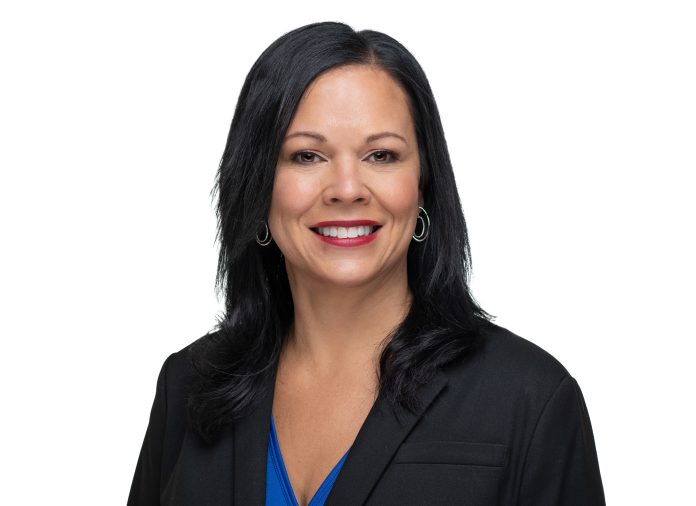
By Lise Pace
Guest columnist
March is Disability Awareness Month in Indiana, a time to reflect on the importance of creating accessible and inclusive spaces for people with vision loss across the state.
A recent study by Ohio State University found that 38% of older people who are blind or visually impaired have an annual income of less than $20,000. That’s $50,000 less than the average household income in Indiana.
Not only is this population suffering a financial disadvantage, but a majority of them report having an overall less happy life and are ridden with health issues. Among Indiana’s older population with vision loss, 38.1% reports frequent physical distress compared to 16.4% of Indiana’s younger population, and older people who are blind or visually impaired have a higher prevalence of stroke, arthritis, diabetes, kidney disease and depression. The elderly blind or visually impaired population also reports having double the amount of frequent mental distress compared to Indiana’s population under 65.
As executive vice president of Bosma Enterprises, I think these numbers are both staggering and heartbreaking.
At Bosma, we work tirelessly to combat these issues by providing services to older adults experiencing vision loss that impact their daily living. These programs teach seniors the skills they need to remain independent and in their homes. We also offer employment training and opportunities, rehabilitative services, and other programs. For me, our work isn’t done until all people with vision loss who seek our services feel surrounded by community, have the skills they need to function daily and can be independent.
Even with the services Bosma provides to create a level playing field for those with vision loss, people with disabilities are up against it in Indiana. I’ve talked before about the importance of adding accessibility to the diversity, equity and inclusion conversation, and these figures prove that is only increasing in significance.
We see every day how barriers to accessibility can affect every aspect of an individual’s life. Every person has the right to access their community and “participate in life.”
By creating accessible employment opportunities, employers open themselves to a new workforce, and its members are chomping at the bit to work and prove themselves as valuable to the team. I encourage you to consider the older blind or visually impaired community in your next employment search.
Help us create opportunities for people with vision loss.
Lise Pace is executive vice president at Bosma Enterprises. The nonprofit organization’s mission is create opportunities for individuals who are blind or visually impaired a vision of equality for people who are blind or visually impaired.
